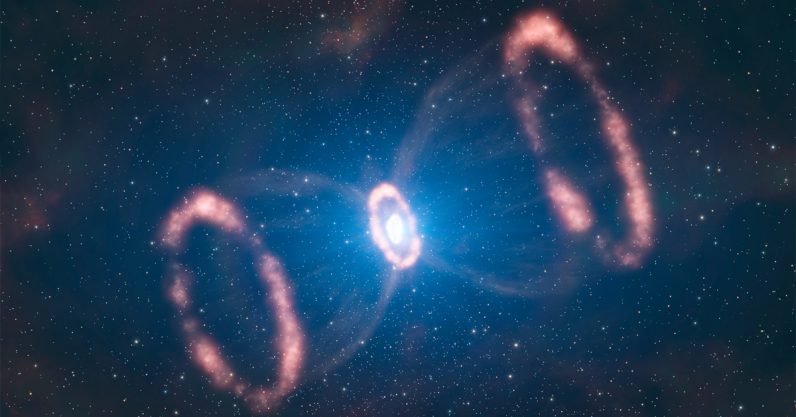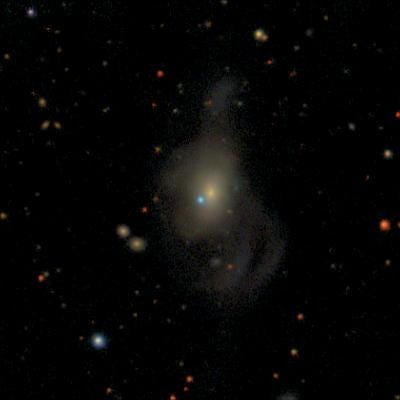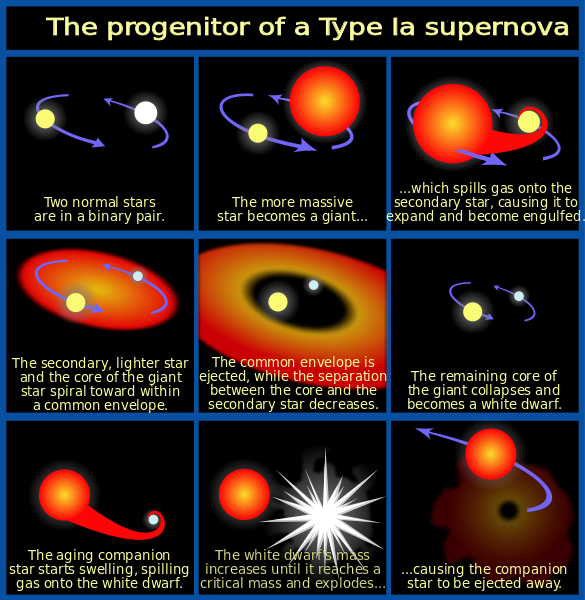This is where the story gets hot
In December 2019, astronomers at the Zwicky Transient Facility (ZTF) in California spotted a supernova they dubbed SN2019yvq. Analysis of the data revealed this was a type Ia [one A] supernova, a fairly-common type of explosion for white dwarf stars. Taking place roughly 140 million light years from Earth, this event was seen near the tail of the constellation Draco.
“These are some of the most common explosions in the universe. But what’s special is this UV flash. Astronomers have searched for this for years and never found it. To our knowledge, this is actually only the second time a UV flash has been seen with a type Ia supernova,” Miller said.
The production of ultraviolet light usually suggests processes happening at temperatures several times hotter than the surface of the Sun. This display lasted for several days, suggesting an energetic process caused this unusual flash.
However, white dwarfs usually become cooler over time, confounding researchers. Currently, astrophysicists have several theories on why these white dwarf stars occasionally produce flashes of ultraviolet light before exploding.
Some stars in binary systems might consume material from its partner star until it builds up to a critical mass and explodes. Expelled material from the eruption could race outwards, colliding with the companion star, generating the ultraviolet flash.
Another possibility is that radioactive material in the core of the white dwarf might mix with the outer layers of the star, raising the surface temperature to a range where it radiates in ultraviolet light.
A third idea holds that helium ignites thermonuclear reactions in carbon within the star, resulting in a double explosion producing the ultraviolet flash.
Another possibility is that the ultraviolet radiation comes from material ejected by the collision of a pair of white dwarfs.


